The Enduring Allure: A History of Body Piercing
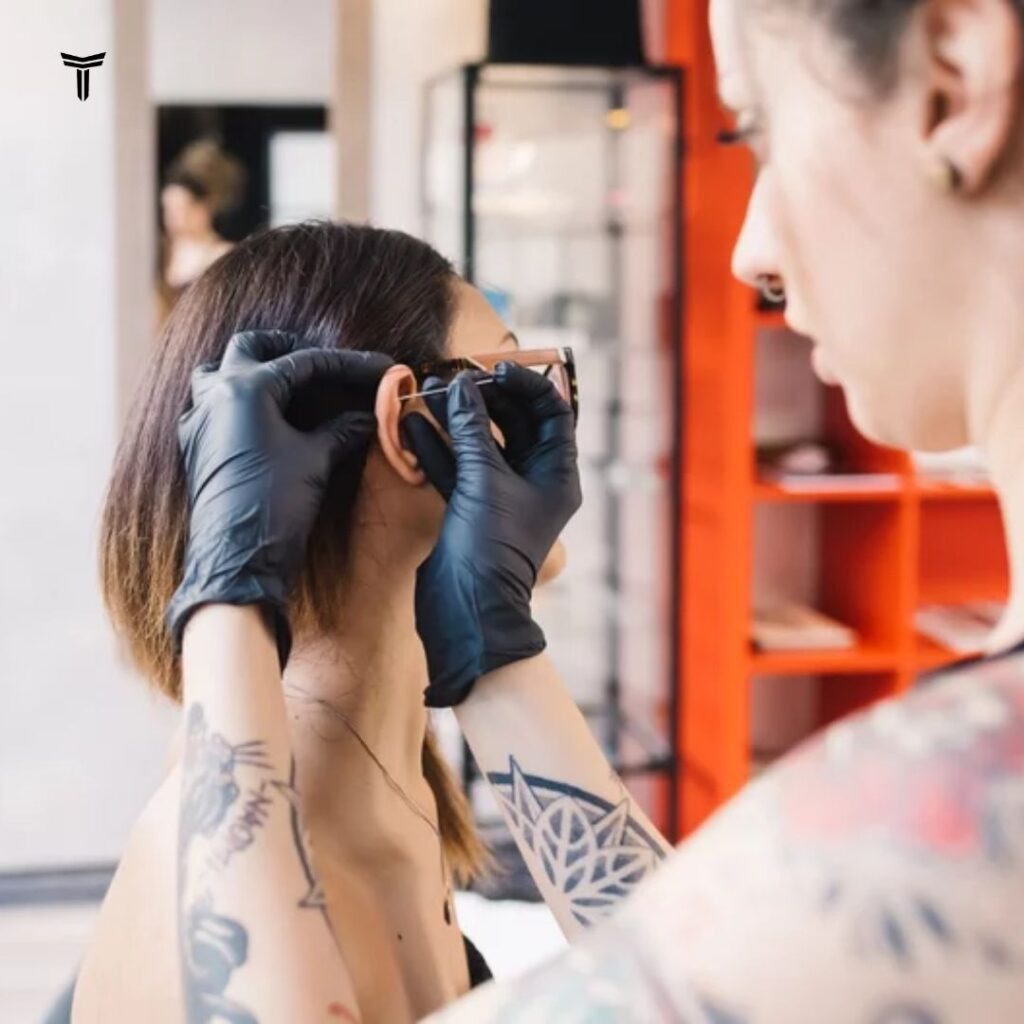
Body piercing, the adornment of the body with jewelry through intentional punctures, transcends cultures and continents. Its history stretches back millennia, whispering tales of social status, spiritual beliefs, and the enduring human desire for self-expression. Let’s embark on a captivating exploration of how body piercing has evolved throughout time.
Ancient Beginnings: A Global Phenomenon

The earliest evidence of body piercing comes not from a single civilization, but from a tapestry woven across continents. The icy grip of the Otztal Alps preserved Ötzi the Iceman, a 5,300-year-old mummy sporting copper piercings in his ears. In Mesopotamia, cradles of civilization like Sumer, Akkad, and Babylon, adorned themselves with gold, silver, and gemstone piercings as early as 3000 BCE. Ear and nose piercings were particularly favored, reflecting not just aesthetics but potentially religious significance.
Across the Nile: Piercings in Ancient Egypt

Egyptian pharaohs and elites embraced body piercings, often using them to signify wealth and godliness. Pharaoh Tutankhamun’s death mask depicts him adorned with elaborate earrings, while statues depict the Buddha with stretched earlobes, a practice prevalent across Asia and Africa. Interestingly, navel piercings were reserved solely for royalty, with anyone else attempting them facing harsh punishments.
Symbolic Significance: Piercings in Different Cultures
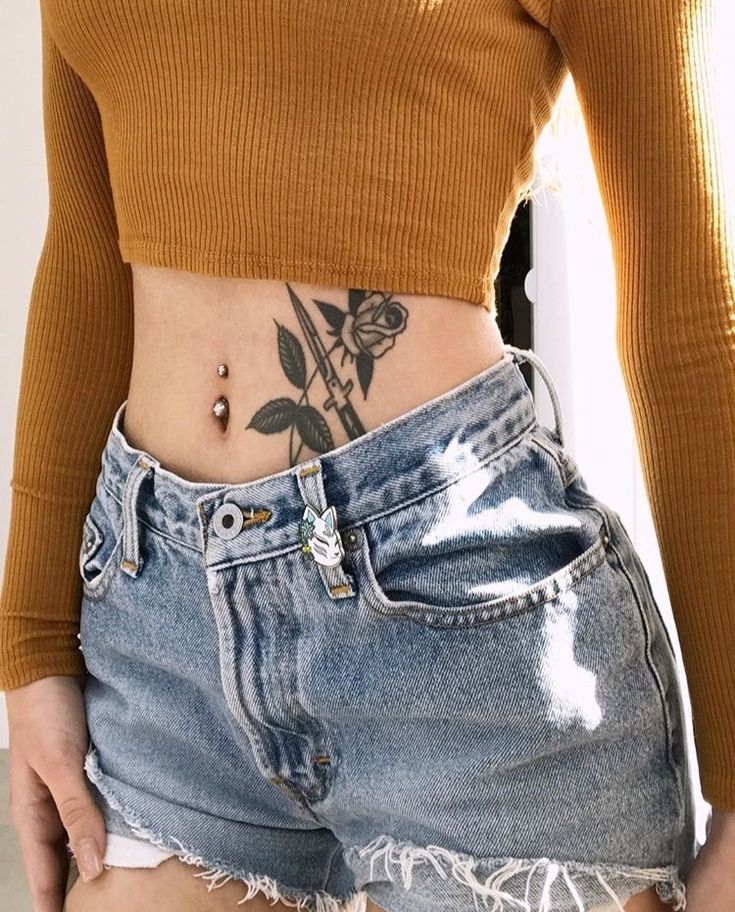
Body piercings transcended mere adornment in many cultures. In the Americas, the Aztec civilization pierced tongues and lips during religious ceremonies. In the Pacific Islands, piercings marked coming-of-age rituals and social status. Elaborate stretched earlobes signified high rank in some cultures, while nose rings held symbolic meaning in India, often associated with marriage.
Roman and European Influences: Practicality and Superstition
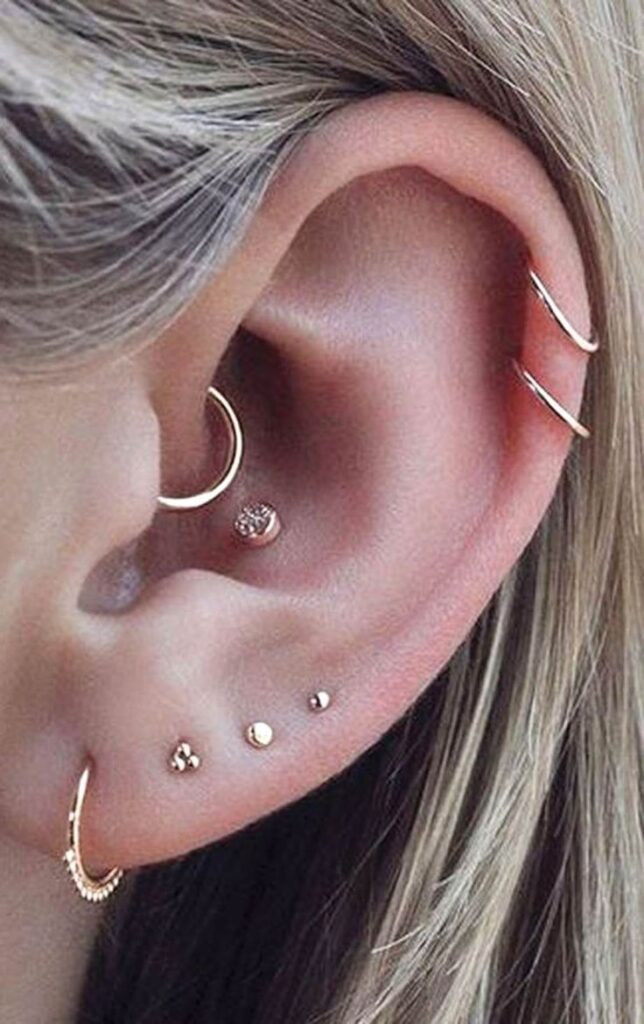
The Romans approached piercings with a practical bent. Soldiers and gladiators sported nipple piercings, believed to enhance strength and virility. Sailors, venturing into uncharted waters, pierced their ears with the hope that earrings could pay for a Christian burial in case of shipwreck. Throughout the European Middle Ages, piercings remained, often shrouded in superstition. Sailors clung to the belief that ear piercings improved eyesight, while some cultures associated them with warding off evil spirits.
A Decline and Resurgence: Piercings Through the Ages
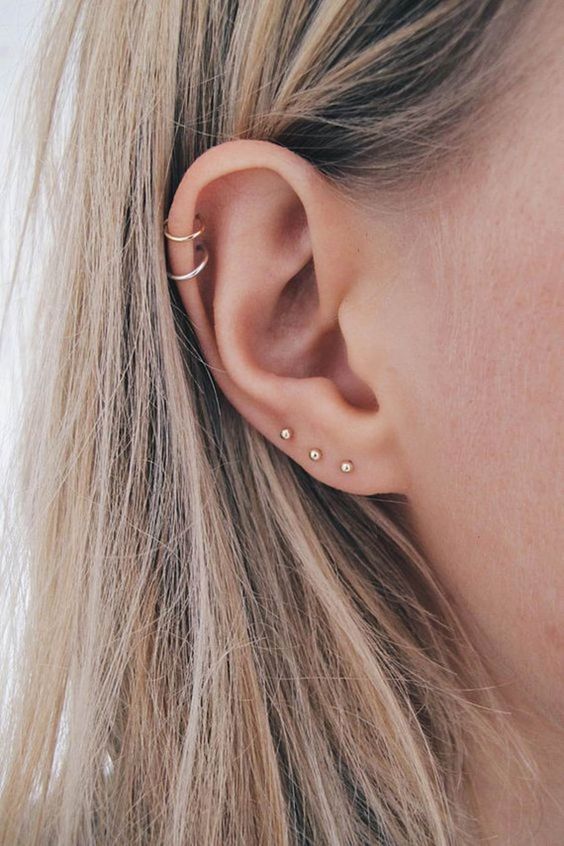
The popularity of body piercings waned in Europe during the Victorian era, deemed too barbaric by societal standards. However, the 20th century witnessed a resurgence. Pioneering figures like feminist artist Judy Chicago used piercings for self-expression, paving the way for a more accepting cultural landscape. Today, body piercings are a mainstream form of body art, embraced by people from all walks of life.
The Future of Body Piercing: A Continuous Evolution
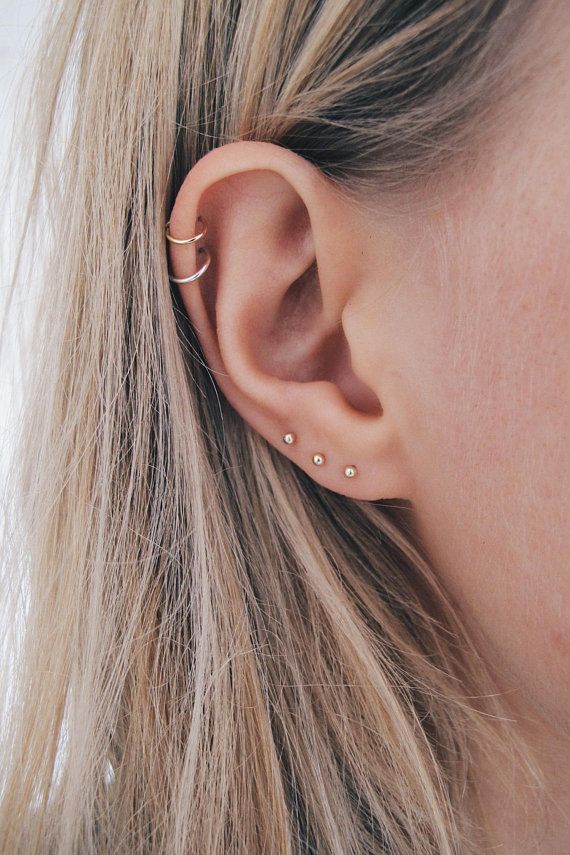
Body piercing continues to evolve, with new techniques and placements constantly emerging. From delicate microdermals to intricate surface piercings, the human body remains a canvas for artistic expression. As we move forward, one thing remains certain: the enduring allure of body piercing, a testament to our desire to adorn ourselves and leave a mark on the world.
Body piercing is not just a fashion statement; it’s a chronicle of human history etched onto our flesh. It’s a story of cultural identity, spiritual beliefs, and the quest for self-expression. As we continue to explore and redefine the boundaries of body art, the legacy of body piercing ensures its place as a timeless human practice.



